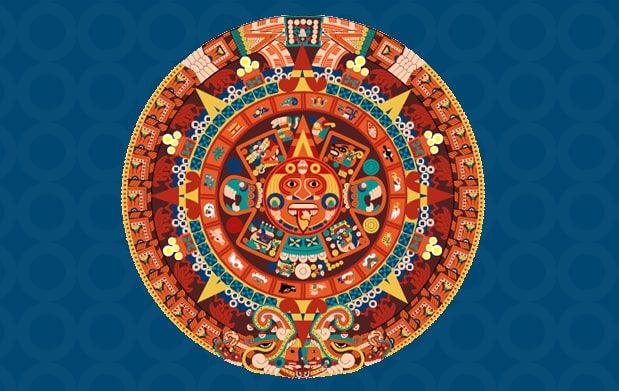The Aztec Stone of the Sun and Its Origin in Mexican Mythology
The Prehispanic icon that has most represented ancient Mexico in the world is the so-called Stone of the Sun, also known as the Aztec Calendar; however, this unfinished piece is not a calendar.





